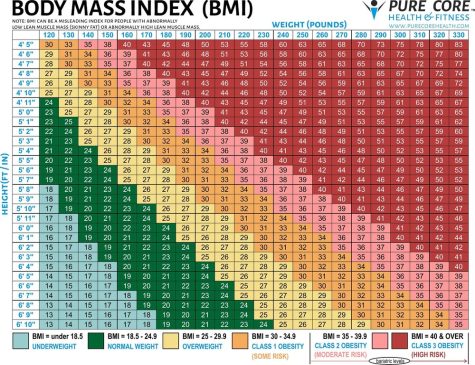The Secret to Motivation
It’s hard to stay motivated when you don’t have a goal to reach.
Imagine that you are playing tennis. If you try to play a serious match against a four-year-old, you will quickly become bored. The match would be too easy. On the opposite end of the spectrum, if you try to play a serious match against a professional tennis player, you will find yourself demotivated for a different reason. The match would be too difficult.
Compare these experiences to playing tennis against someone who is your equal. As the game progresses, you win a few points and you lose a few points. You have a chance of winning the match, but only if you really try. Your focus narrows, distractions fade away, and you find yourself fully invested in the task at hand. The challenge you are facing is “just manageable.” Tasks like these, science has found, are the most likely to keep us motivated in the long term.
Human beings love challenges, but only if they are within the optimal zone of difficulty. Tasks that are significantly below your current abilities are boring. Tasks that are significantly beyond your current abilities are discouraging. But tasks that are right on the border of success and failure are incredibly motivating to our human brains. We want nothing more than to master a skill just beyond our current horizon.
We can call this phenomenon “The Goldilocks Rule.” The Goldilocks Rule states that humans experience peak motivation when working on tasks that are right on the edge of their current abilities. Not too hard. Not too easy. Just right.
Working on tasks that adhere to the Goldilocks Rule is one of the keys to maintaining long-term motivation. If you find yourself feeling unmotivated to work on a task, it is often because it has drifted into an area of boredom or been shoved into an area of great difficulty. You need to find a way to pull your tasks back to the border of your abilities where you feel challenged, but capable.










